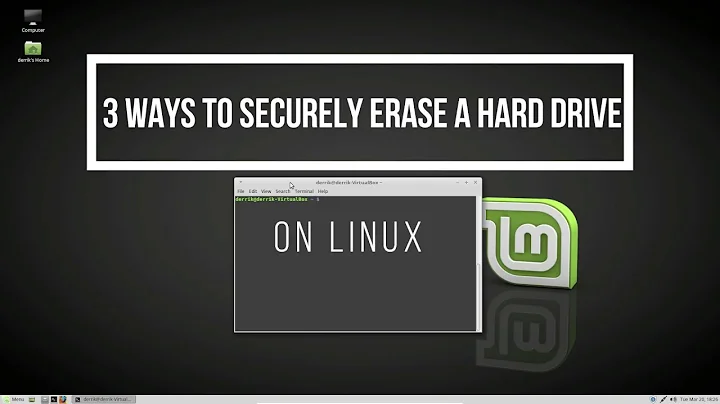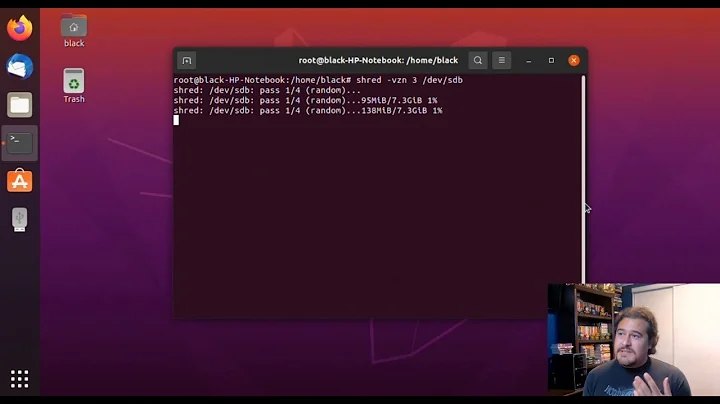How to unfreeze drive in Linux?
Solution 1
If it's a laptop where it's hard to get to the disk drive to unplug it etc, use the suspend method. It worked for me. From the terminal I did this:
sudo systemctl suspend
Wait 1min, then tapped the laptop power button bringing the laptop back up and repeated the:
sudo hdparm -I /dev/sda
And viola, "not frozen".
Solution 2
Suspend & resume unfroze my drive.1
I just suspended my Laptop and then resumed it and then my drive was unfrozen. (You may need to hot-plug your drive before suspending - I did not need to.)
This is much easier than your approach.
1 https://serverfault.com/a/558556/453474
Related videos on Youtube
user138072
Updated on September 18, 2022Comments
-
user138072 over 1 year
I run
sudo hdparm -I /dev/sda
results:
Security:
Master password revision code = [redacted just in case it's sensitive data]
supported
not enabled
not locked
frozen
not expired: security count
supported: enhanced erase
My objective is to perform an enhanced secure erase (how? I'll find that out after I know how to unfreeze my drive) and also to detect and remove a Device Configuration Overlay. Relevant thread: Error when running 'hdparm --dco-identify' in Linux
I am trying to figure out why --dco-identify is failing and I suspect it may be as a result of the drive being "frozen". I recall this being a problem a year back when I was trying to securely erase an SSD. I gave up but suspected that connecting it via USB or hotswapping it might fix it.
Why? Refer to: https://ubuntuforums.org/showthread.php?t=1982585
So in the context of this post, I am trying to unfreeze my drive. How can I do this while it's connected via SATA?
Update: I tried this with an external HDD and ran
sudo hdparm -I /dev/sda
The drive is not frozen. Fascinating.
I ran:
sudo hdparm --dco-identify /dev/sdc
The command executed successfully!!
So that's confirmed but still does not answer my question about whether this can be achieved with an internal drive





